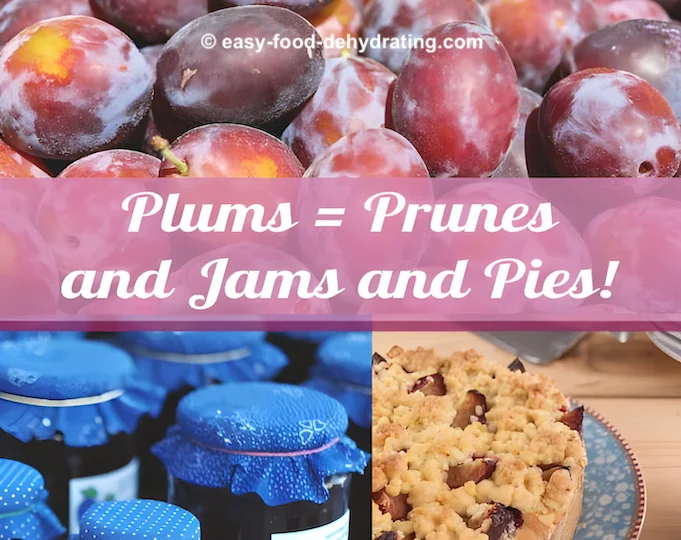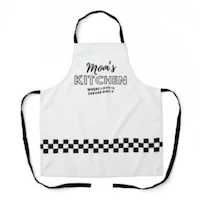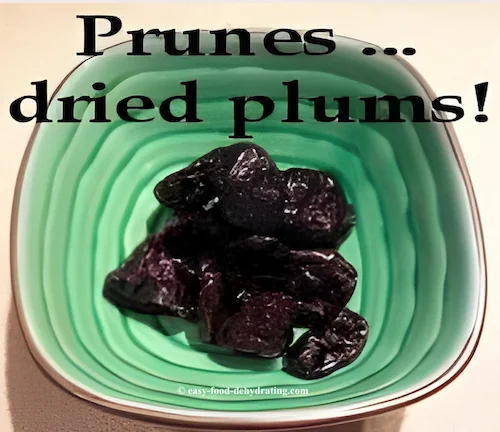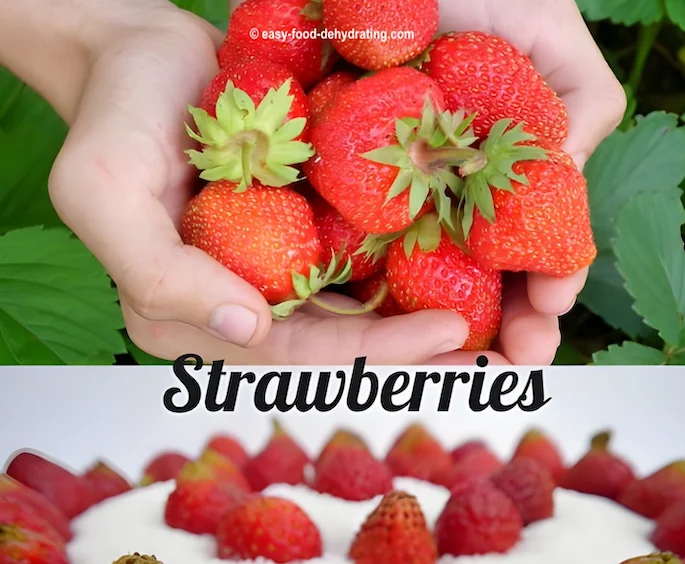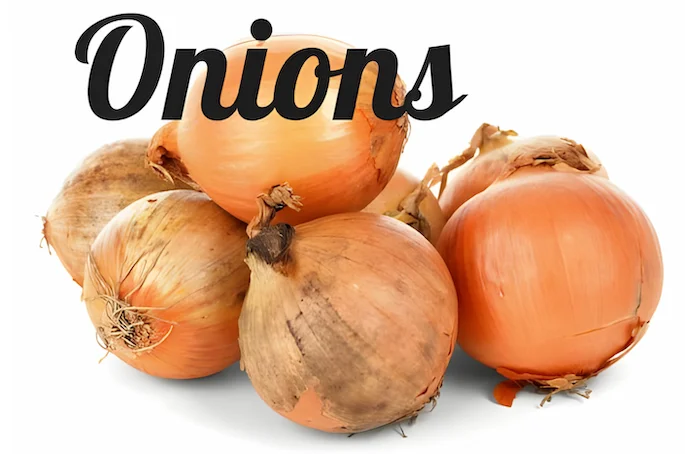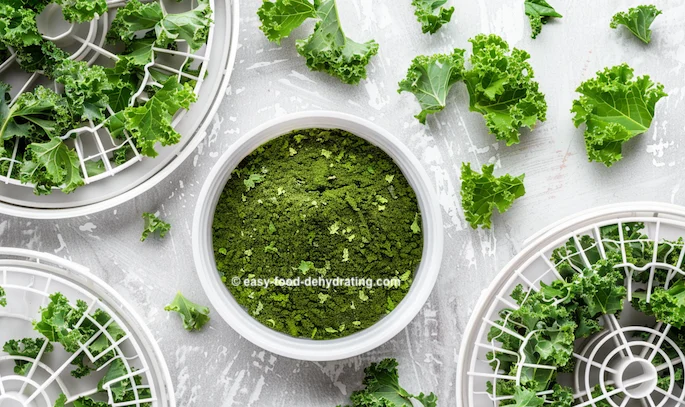whatever the reason or season!
- Home
- How To Dehydrate Fruit
- How To Dehydrate Plums
How to Dehydrate Plums
Hey, you're about to learn how to dehydrate plums to make prunes! How cool is that?
It's funny how many people don't know what prunes really are (dehydrated plums!)—but the cat is out of the bag now! :-)
Make Prunes... from Plums!
Plums are a great source of carbohydrates, and a decent amount of dietary fiber too and when dried as prunes, they are famous for their aid in our digestive systems!
Just eat a couple a day and your digestive system will be fine!
According to Peggy Trowbridge Filippone, from About.com Home Cooking, prunes have a bad reputation with younger folk, and the prune industry got together and re-named prunes. Hence the name change from prunes to 'dried plums'!
Did you know that dehydrated plums are great for snacks, muffins, cookies, breads, and granola?
TOP Frequently Asked Questions:
Drying plums in dehydrator?
Drying plums in dehydrator?
One of the top questions and we have the answer on this page!
What are pitted dry plums?
What are pitted dry plums?
Pitted dry plums, also sometimes labeled as pitted prunes, are plums that have had their pits (stones) removed and have been dried to preserve them and extend their shelf life.
How do you dehydrate plums?
How do you dehydrate plums?
All the deets are on this page, further down.
What are dry salted plums?
What are dry salted plums?
Dry salted plums are a type of preserved plum where the fruit is dried and salt is applied as part of the preservation process. Here are some key details:
Nearly ripe plums are pitted, halved, or kept whole with skin intact. Sweet varieties like amber or mirabelle plums are often used.
The plums are dried slowly either out in the hot sun or using low-heat ovens or dehydrators. The sun-drying process can take weeks until nearly all moisture has evaporated from the fruit.
Once the dried plums have shrunk considerably, coarse salt is then packed onto the surface of the fruit. The salted dried plums can sit for a couple more weeks allowing flavors to mingle and preserving compounds to take effect. The finished dry salted plums are very wrinkly, stiff, and leathery in texture with the salt crust encasing them.
They have an intensely salty, sweet-tart, and concentrated plum flavor. Rehydrating the plums mellows out the salt levels before eating them.
Properly dried and salted, they can be stored for upwards of one year and be shelf-stable.
Honestly? I think reading all that gives you a new appreciation for those who take the time to do it that way! I'll stick to using an electric dehydrator...
Mother's Day Specials!
Plums Nutrition Info.
VITAMINS: Vitamin A, followed by Vitamin C, Vitamin K, Folate, and Choline.
MINERALS: High in Potassium, followed by Phosphorus, Magnesium, Calcium, Fluoride, and a trace amount of Iron.
They also contain Omega-6 fatty acids too.
When they're made into prunes, they are a good source of dietary fiber. They're also low in calories and fat.
How to Dehydrate Plums for Tasty Prunes
Let's get busy learning how to dehydrate plums!
- Wash the fresh plums, slice them in half, remove the pit, and pop the back* to expose more of its surface to the air. Slice into quarters if desired.
- Place them on your food dehydrator trays with the cut side up to prevent drips on the lower trays!
- Turn on your dehydrator and set the temperature between 125°F and 135°F (or per your food dehydrator's instructions).
*NOTE:
"Pop the back"
simply means to turn the fruit inside out after slicing it in half, best
done by using your thumb to push the skin side inwards.
When will Dehydrated Plums be Fully Dried?
-
Drying time: between 12-30 hours and the plums will be leathery in consistency when dried. See my important notes from Beverly and Don, below.
- Remember to rotate your food dehydrator trays, for even drying.
Which Plum Tree Makes the Best Prunes?
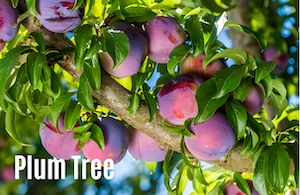
If you have a plum tree and are concerned about how to dehydrate plums - assuming your plum tree is suitable for making prunes - please note there are many different types of plum trees that can be used for prunes.
However, some varieties are better than others. For example, the Satsuma plum tree is a popular choice for prunes. This variety produces large, sweet fruits that are perfect for drying.
Other good options include the European plum, the Japanese plum, and the Damson plum. Experiment and see what type of plum you like best!
A Note from Beverly in Washington State:
Beverly, from Washington State, wanted to add this when she was dehydrating plums: They dried way faster than stated above, which was 22-30 hours: in 16 hours at 72% humidity and 135°F degrees, my prunes/plums were almost to the point of "brittle!" My plums were small ~ this is perhaps a factor as well. I will shorten the drying time to 12 hours for the next batch.
Don Hendricks on Plum Trees:
NOTE: Don Hendricks posted this great information: My "plum" tree is a Stanley Prune tree – although it is a variety of plum, it is an Italian PRUNE - it's where prune juice comes from – not all varieties will dry into a prune!
What is a Stanley Prune Tree?
Regarding Don's comment above: a Stanley prune tree is a type of plum tree that produces large, sweet fruits. The fruits of this tree are often used for drying and can be made into prunes.
The Stanley prune tree is native to the western United States. It's a popular choice for gardens and orchards because it's easy to care for and produces a large crop of fruit.
If you're looking for a tree that will produce a lot of prunes, the Stanley prune tree is a good choice!
Margaret's Tip of the Day:
Margaret posted this great idea (on our Facebook page): I sliced my plums into thin rings and dehydrated until crisp. Resulted in a great snack to eat on the go!
Thanks for visiting how to dehydrate plums. Be sure to check out all our fruits on this page.
Before you go, don't forget to pick up your free eBook called "How to Grow and Dehydrate Herbs" here!
